#William Herbert
Text





#a waste of shame#awosedit#filmedit#perioddramaedit#william herbert#tom sturridge#tomsturridgeedit#tsturridgeedit#actoredit#the sandman cast#thesandmancastedit#sandmancastedit#mine#tom tuesday#wanted to gif he again#also loving this colouring tbh
77 notes
·
View notes
Note
Did Henry Tudor meet Elizabeth of Edward IV of England and York in house of york?
Hello, I'm not sure I understand your question. Are you asking if Henry Tudor ever met Edward IV and Elizabeth of York whilst Edward was still king? It's impossible to know, but there might actually be a possibility that Henry met Edward IV (less likely he met Elizabeth imo). To be clear, this is a personal theory based on some of the testimonies given for Henry and Elizabeth's marriage dispensation in 1486.
William, earl of Nottingham (64 years old): 'says that he has known the aforesaid prince Henry well for twenty years and more, and the said lady Elizabeth for sixteen years' => That means he knew Henry since at least 1466, and Elizabeth since 1470/1.
Sir Richard Croft (54 years old): 'says and answers that he has known king Henry well for twenty years, and the said lady Elizabeth for sixteen years' => Again, that means he knew Henry since at least 1466 and Elizabeth since 1470/1.
Sir William Tyler (43 years old): 'says that he has known prince Henry [now king] well for twenty years, and the lady Elizabeth for twelve years' => That means he knew Henry since at least 1466 and Elizabeth since 1470/1.
Those two dates are relevant to the Yorkist establishment (hold this thought). I think it's possible those three men first met Elizabeth of York as she fled with her mother and siblings in 1470 to the Tower and then to Westminster Abbey, or they might have met her in 1471 when Edward IV returned and rescued his family from sanctuary. I don't know exactly what kind of ceremonies were held after Edward's triumph over the Lancastrians but it's possible Elizabeth was present on those occasions.
Some of the other witnesses said they knew Henry for sixteen/fifteen years as well — specifically Christopher Urswyck (Margaret Beaufort's confessor) and Sir William Knyvett. It would make the most sense for the majority of people to say they knew Henry since 1470/1, considering Henry Tudor came to London during the readeption of his uncle Henry VI, and would have met the courtiers at that time. But those three people* — the Earl of Nottingham, Sir Richard Croft and Sir William Tyler — said they knew Henry at least since 1466. What was Henry Tudor doing in 1466?
At that time Henry was a 9 year-old in the custody of William Herbert, an important representative of the Yorkist king in Wales described as 'King Edward's master-lock'. It's possible William Berkeley (later Earl of Nottingham), Sir Richard Croft and William Tyler all knew Henry from visiting the Herberts in Rhaglan Castle**, though it's impossible to say if they had any degree of personal friendship with the Herberts. In 1466 there was however an event that was of importance for both the Herberts and Edward IV.
In that year William Herbert married his eldest son and heir to Mary Woodville, the king's sister (in-law) in a ceremony that took place in Windsor Castle, one of the king's residences. It was apparently such a great event a Welsh poet later praised it in one of his poems dedicated to Willaim Herbert:
The foremost king of Britain and its realm / Gave his sister to him / He held a great wedding-feast in Windsor / For this man, in his royalty / A generous feast for our lord who is of our tongue, / May he be seen again as a prince!
This is pure speculation but I ask myself: is it possible William Herbert took his whole family to Windsor, including his ward Henry Tudor, for his son's wedding feast? If so, many Yorkist partisans such as the Earl of Nottingham and Sir Richard Croft would have had the opportunity to meet Henry on that occasion — in turn, Henry would have had the opportunity to at least see King Edward. Of course there's no way to really know that whilst no concrete evidence comes up, but it's fascinating to think Henry might have seen/know Edward IV.
This isn't taking into account, for example, the possibility that Edward IV might have visited William Herbert at Raglan in one of his travels, to which Henry would have seen him as well. A royal visit to Raglan is the only way I can think of that Henry might have seen Elizabeth of York, as she was only merely a few months-old at the time of her aunt's wedding in Windsor, and would not have attended the ceremony. Furthermore, if Henry and Elizabeth had been present on the same occasion/wedding the three witnesses above would have given the same number of years for knowing them both***, which was not the case.
However, I think a royal visit from Edward IV to Raglan is less likely, given it was not documented anywhere, not even in Welsh poetry, and William Herbert was enough of a patron to have this visit documented in that way. So all in all, I think it's very unlikely Henry Tudor ever met Elizabeth of York before 1485, though I think there's a slight chance that he have met Edward IV in 1466. Again, this is all pure speculation, though.
_____________
* It's important to notice that all three were Yorkist partisans: Sir Richard Croft fought at Mortimer’s Cross, Towton and Tewkesbury on Edward IV's side — he and his brother were tutored with or were the one who tutored Edward whilst Earl of March and his brother Edmund in Ludlow*. Apparently the letter Edward and Edmund jointly wrote to their father Richard of York complained about Sir Richard Croft and his brother. The Crofts were neighbours of the Mortimers, which then encompassed Richard of York and his sons. The Battle of Mortimer's Cross took place on Croft soil. Sir Richard's wife Eleanor ran the household of Edward Prince of Wales, Edward IV's son, and his younger brother (also called Richard Croft) was one of Edward's tutors in Ludlow. Henry VII later made Sir Richard Croft his treasurer, and also made him Prince Arthur’s steward in Ludlow later on.
William Berkeley was created Baron Berkeley by Edward IV and became one of his privy councillors in 1482/3. He might have been the same William Berkeley, knight of the Body, who was attainted in Richard III’s Parliament and joined Henry in exile. It would be weird for the act in Parliament not to mention his title, though, since he was created Earl of Nottingham two days after Richard III was declared king. Either William Earl of Nottingham or this other William Berkeley, knight of the Body, hosted Margaret of York when she visited England in 1480.
** It would be really awkward if William Berkeley (later Earl of Nottingham) was intimate enough to visit the Herberts, considering he killed in battle William Herbert's son-in-law, Thomas Talbot, 2nd Baron/Viscount Lisle (Margaret Herbert's husband) after Lisle challenged him to a trial of arms over the Berkeley lands in 1470. Lisle had been Herbert's ward in the same way Henry Tudor had been. His wife Margaret Herbert miscarried a boy shortly after his death. I believe this is the dowager Viscountess of Lisle that Henry granted a financial settlement in 1492.
*** For example, Sir William Knyvett said he knew Elizabeth of York from the day of her birth 🥺 (and had known Henry for fifteen years, that is, since 1470/1 the Readeption years).
20 notes
·
View notes
Text

You!
Yes, you!
Scrolling right there, and looking cute! :-)
Welcome on this blog dedicated to Tom Sturridge Confessions!
Don't be shy! You can send anything, soft or naughty, fluffy or dirty... ;)
It can be about Tom Sturridge or any of his characters!
Please, do send content! You can also ask me questions if you'd like. Anything, really.
Let's make this a place for our Tom Sturridge needs.
The requests are now officially... Open!
#tom sturridge#tom sturridge confession#tom sturridge imagine#the sandman#sandman#dream#dream of the endless#morpheus#lord morpheus#like minds#being julia#the boat that rocked#nigel colby#junkhearts#far from the madding crowd#sergeant troy#lord byron#velvet buzzsaw#a waste of shame#william herbert#the hollow crown#henry vi#sweetbitter#jack#irma vep#eamonn#mary shelley#song to song#remainder#effie gray
25 notes
·
View notes
Text
On this day: February 2th, 1461: the battle of Mortimer's Cross
The battle of Mortimer's Cross was fought at the end of winter and was rooted in Welsh politics. It was fought at the border between Wales and Herefordshire.
On the one side, the new duke of York since the execution of his father a month ago: Edward Plantagenet. Edward was Earl of March before, a huge lordship in Wales and the Welsh Marches, commanding many retainers. Two of its most prominent retainers were there with him: William Herbert and Walter Deveureux.
William Herbert was an ambitious Welshman, and Walter Devereux was a prominent Hertfordshire knight, both dedicated to the House of York.
Facing them, the Lancastrian faction was led by Jasper and Owen Tudor. Jasper, as Earl of Pembroke and half-brother of the king, commanded great influence in southern Wales. His brother Edmund clashed with Devereux in 1456 as York tried to rise in influence in the region. James Butler was with them as Earl of Wiltshire and Ormond. The Butler family was powerful in Ireland and headed the Lancastrian faction in an unstable island where Yorkist influence was prominent. He fought with the Tudors. However, his marriages with the Beauchamp and Beaufort families gave him lands and interests in the Welsh Marches and the West Country, making him a powerful magnate outside of Ireland.
The stakes were high. Edward IV was the only adult Yorkist alive capable of championing the Lancastrians. More locally, Jasper and Owen had a grudge against Deveureux and Herbert, who waged war against their interest in 1456.

The Lancastrians were probably less numerous than the Yorkists, but their aggressive strategy gave them a shot at beating them.
Butler attempted an aggressive encirclement of the left flank, forcing Devereux to retreat. Meanwhile, Pembroke faced the duke of York. Owen's attempt at crushing Herbert and forcing an encirclement could have changed History, but it failed, and his 'battle' began to rout. Herbert's decisive hold allowed a Yorkist victory and the capture and execution of Owen Tudor.
This victory would mean much for the Yorkist. Everyone on the Yorkist side was eventually promoted. Deveureux and Herbert would become lord in 1461, just like Sir Humphrey Stafford, who fought with them. York would become king of England a few months later. The reverse was also true, as Jasper Tudor lost his earldom in favor of the Herberts (1469) and Butler lost his life a few months later and his family lost his earldom of Wiltshire with it. Jasper would regain his lands only after the battle of Bosworth twenty-four years later, in which Walter Deveureux, as lord Ferrers, would die fighting for Richard III.
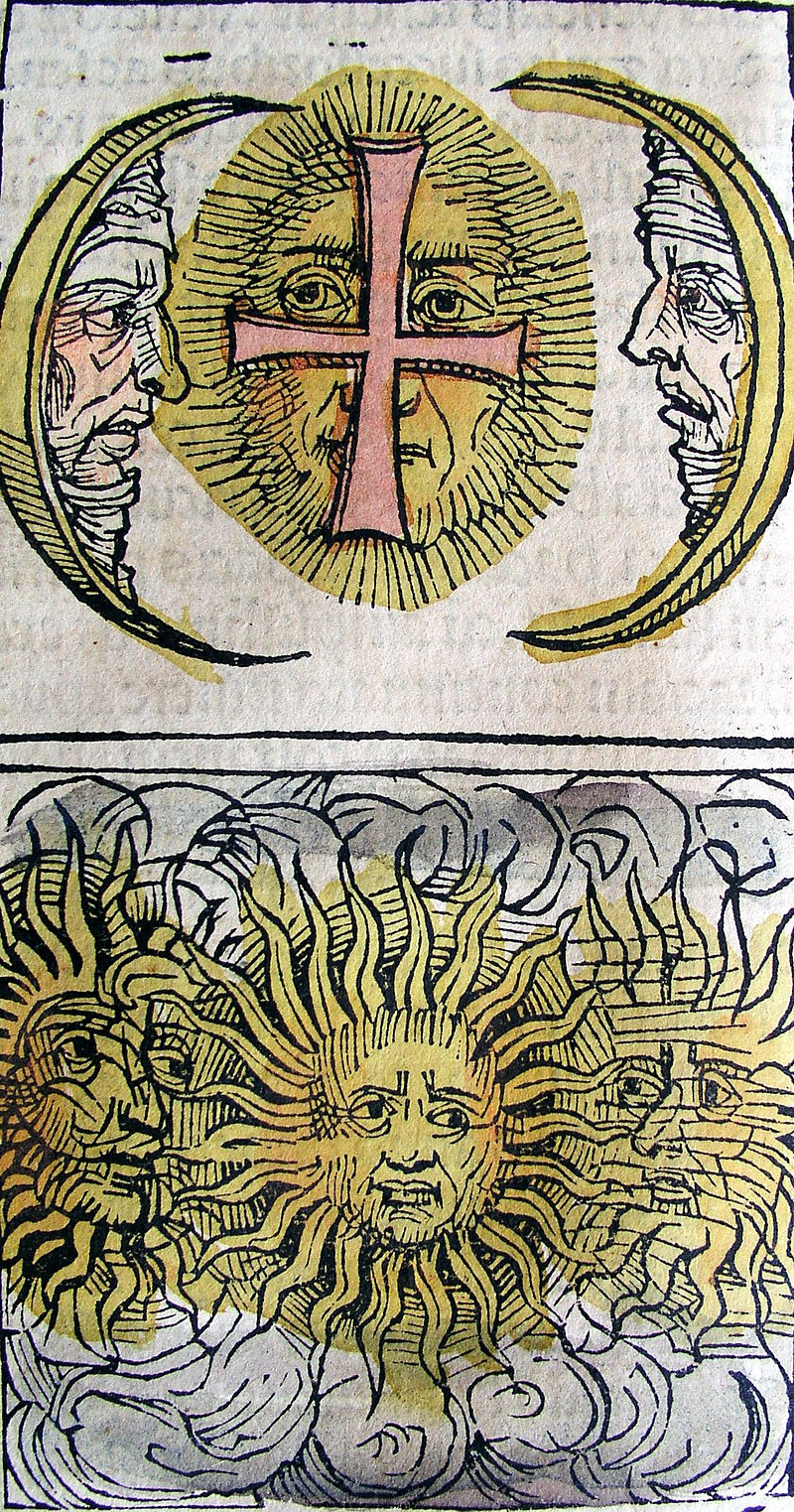
Sun Dog in the Nuremberg Chronicle.
Edward IV would use the battle as a neat piece of propaganda. A parhelion was seen on the eve of the battle, and Edward IV would say those three suns represented the three surviving sons of York (Edward, George, and Richard). It would symbolize the dawn of a new dynasty for England, but the collision of the three stars would allow Tudor's sun to rise.
#War of the roses#Owen Tudor#Jasper Tudor#Edward IV#Walter Deveureux#William Herbert#Humprhey Stafford#James Butler#parhelion#War of the Roses#long post#there is so much I wanted to talk on#local cities' involvment#Owen's weird execution#cycle of revenge clearly starting
11 notes
·
View notes
Text
Spotify Wrapped just came out and you all know what that means.
Give me a number 1-100 and I will write a one shot for Erik and William based off of what song that matches up with on my top 100 songs from the year.
2 notes
·
View notes
Text

Archival illustration found in 'Flora of Greenhouses & Gardens of Europe' dated approximately 1847. Obituary notice of prominent horticulture/botanist William Herbert.
#archival#preservation#illustration#line block print#William Herbert#botany#horticulture#horticulture illustration#artwork#art print#black and white#black and white art print
1 note
·
View note
Text
He experimentized on some of the very same species as did Gärtner.
"On the Origin of Species by Means of Natural Selection, or the Preservation of Favoured Races in the Struggle for Life" - Charles Darwin
#book quote#the origin of species#charles darwin#nonfiction#william herbert#experimentation#joseph gartner
0 notes
Text
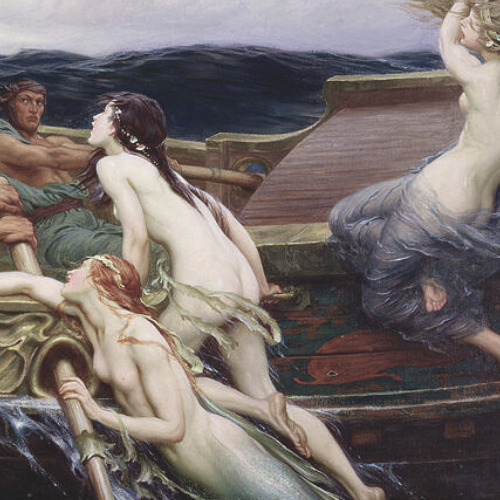

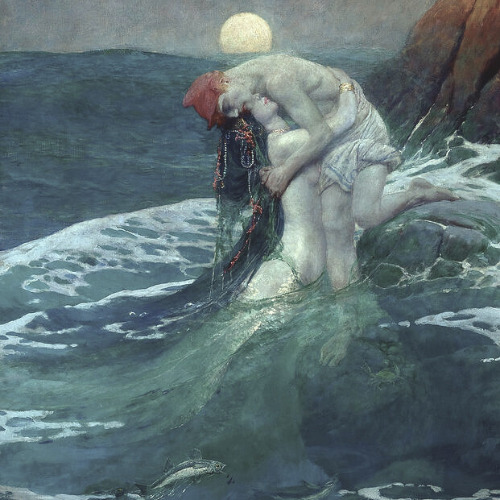

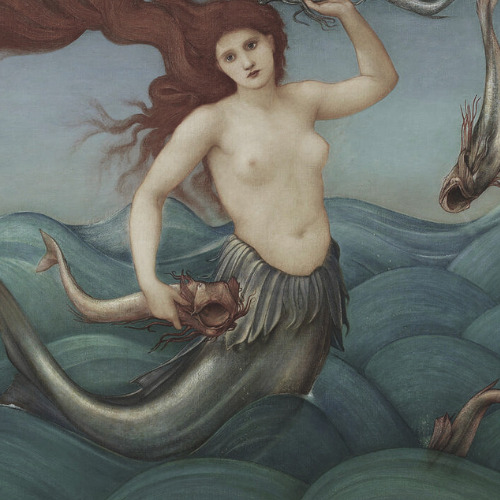




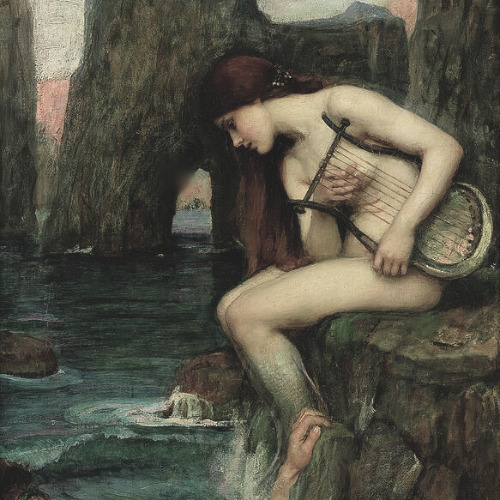
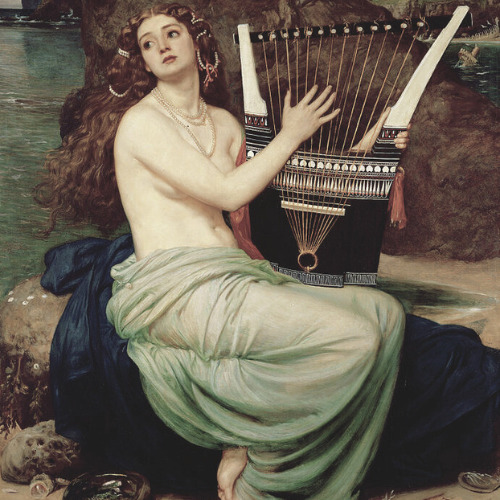


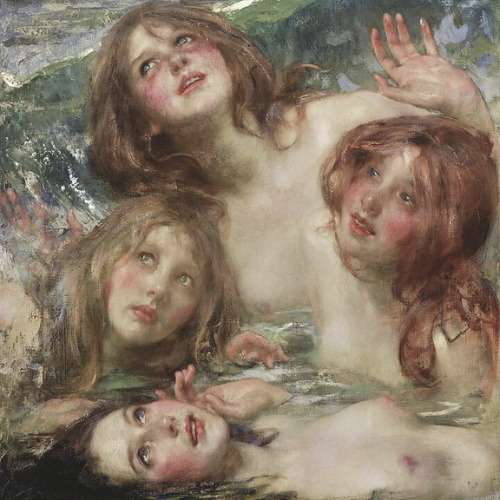

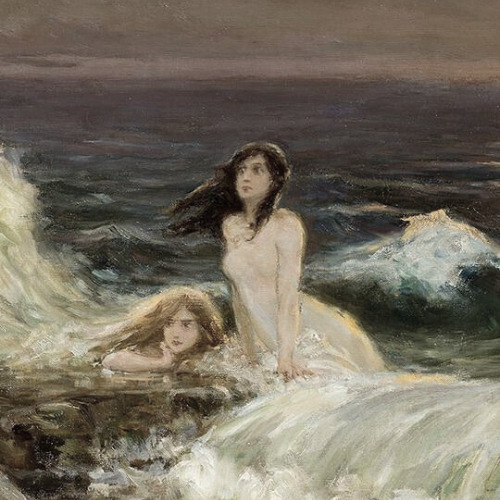



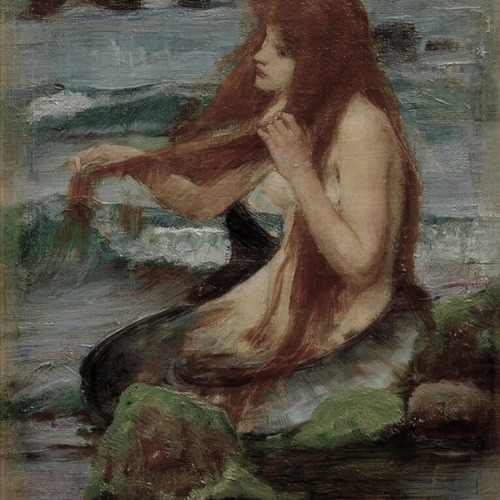


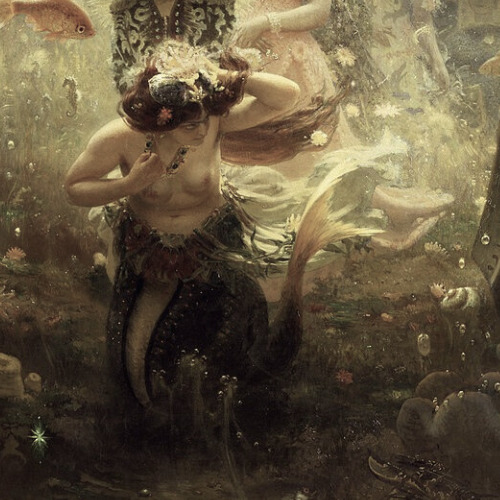

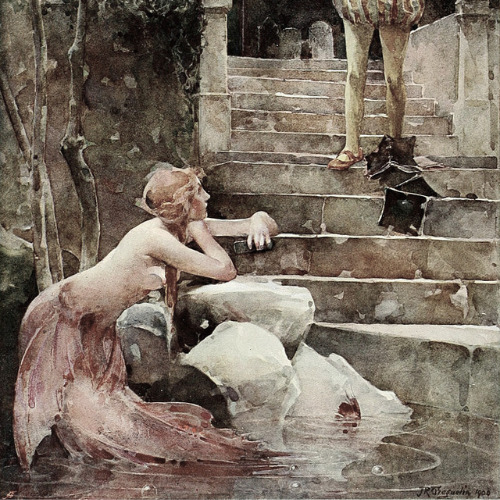


creatures in art: mermaids & sirens
#artist is herbert james draper#artist is john william waterhouse#artist is howard pyle#artist is frederic leighton#artist is edward burne jones#artist is gustav wertheimer#artist is henry paul perrault#artist is hermann corrodi#artist is evelyn de morgan#-artist is john william waterhouse#artist is sir edward john poynter#artist is eilhu vedder#artist is jean-francis auburtin#artist is sir james jebusa shannon#artist is charles santore#artist is wilhelm kotarbinski#artist is unknown#artist is gaston hoffmann#artist is ferdinand leeke#artist is john william waterhouse--#artist is edward frederick brewtnall#artist is elisabeth jerichau-baumann#artist is llya repin#artist is john collier#artist is john reinhard weguelin#artist is e.s hardy#artist is unknown-#art history#art#artedit
2K notes
·
View notes
Text
Family of Queen Katherine: THE FUNERAL of William Herbert, 1st Earl of Pembroke
Old St. Paul’s before 1561. (Benham)
18 APRIL 1570: THE FUNERAL of Sir William Herbert, 1st Earl of Pembroke took place at Old St. Paul’s Cathedral in London. Pembroke had been the husband of Lady Anne (Parr), sister of the late Queen Katherine and the Marquess of Northampton.
Lord Pembroke died on 17 March 1570 at Hampton Court Palace. William was eldest son of Sir Richard Herbert of Ewyas,…

View On WordPress
#1st Earl of Pembroke#Anne Parr#funeral of William Herbert#Lady Anne Herbert#Old St. Paul&039;s#tomb of Anne Parr#tomb of William Herbert#William Herbert
0 notes
Text
"where the goddamn hell are we?"

615 notes
·
View notes
Text


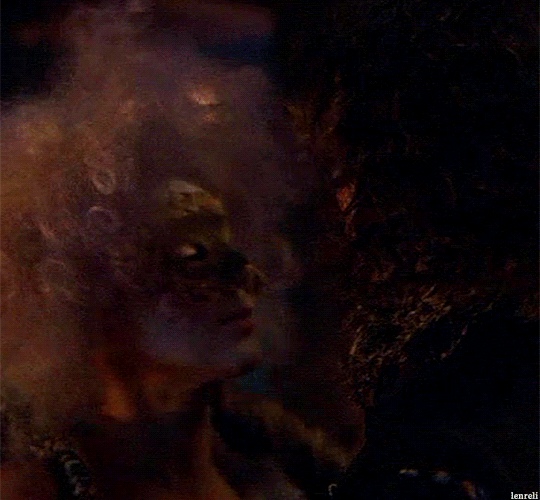

#a waste of shame#awosedit#william herbert#filmedit#perioddramaedit#tom sturridge#tomsturridgeedit#tsturridgeedit#the sandman cast#thesandmancastedit#sandmancastedit#mine#tom tuesday#what a little brat#guards! obliterate that twink!
265 notes
·
View notes
Text
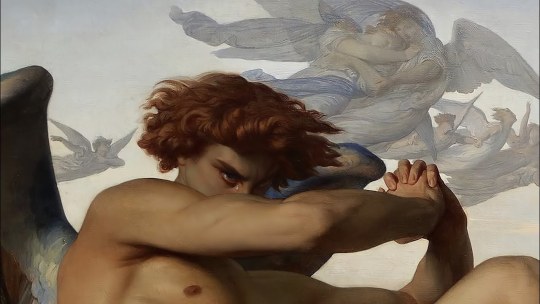
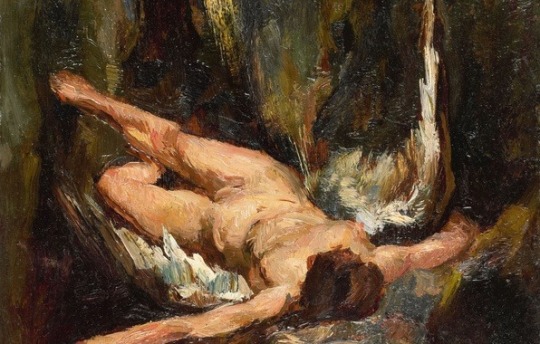
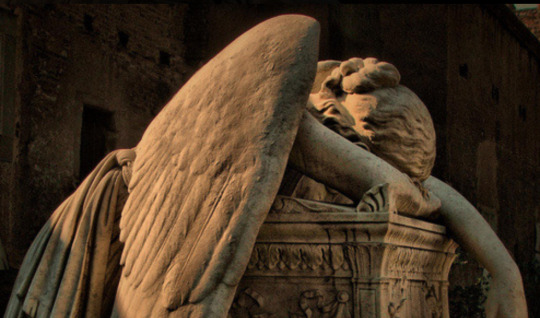
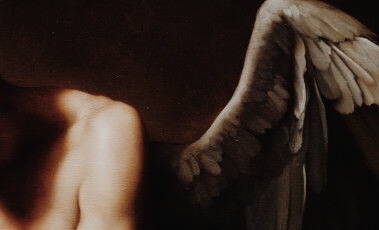


the fallen angel becomes a malignant devil
Fallen Angel, Alexandre Cabanel | The Fallen Angel, Willem de Zwart | Angel of Grief, William Wetmore Story | Fallen Angel, Roberto Ferri | The Lament for Icarus, Herbert James Draper | Art & Lies, Jeanette Winterson
#icarus is a fallen angel to ME!#where angels fear to tread#webweaving#web weaving#dark academia#classic academia#light academia#the fallen angel#alexandre cabanel#willem de zwart#william wetmore story#roberto ferri#the lament for icarus#herbert james draper#jeanette winterson#angelcore#mary shelley
7K notes
·
View notes
Text

After the restoration of Henry VI in 1470 Henry came under the protection of Jasper, his uncle, who, according to Polydore Vergil, found him living in the household of the Countess of Pembroke and introduced him to court. Shortly before Dafydd Llwyd had formally renounced all loyalty to the deposed Edward IV, 'Edward, I now become a supporter of the eagle from Anglesey', ending his poem with a prophecy that the said eagle would one day gain the Crown.
— Gruffydd Aled Williams, The Bardic Road to Bosworth: A Welsh View of Henry Tudor
#those welsh poets were SO MESSY#'let no one else have your fledging'#the herberts: don't let his family get him back. got it 👍#henry vii#william herbert#jasper tudor#tudor history#historian: gruffydd aled williams#the bardic road to bosworth
31 notes
·
View notes
Text

thank u to everyone who suggested a character this was actually so fun
#six fanarts#carl grimes#twd#tyler durden#fight club#herbert west#reanimator#jesse pinkman#brba#ellie williams#tlou#midas fortnite#hvck
874 notes
·
View notes
Text






Queer Icons of Horror
#happy pride#horror#pride month#cinema#queer#films#scream#rhps#the evil dead#psycho#jennifer’s body#re-animator#billy loomis#stu macher#frank n. furter#ash williams#norman bates#jennifer check#herbert west#matthew lillard#skeet ulrich#tim curry#bruce campbell#anthony hopkins#megan fox#jeffrey combs#my edit
4K notes
·
View notes
Text

is it something?
#reanimator#re animator#re-animator#reanimator herbert west#herbert west#dan cain#danbert#dan x herbert#the evil dead#the evil dead 2#ash williams#from beyond#from beyond 1986#crawford tillinghast#doctor mordrid#anton mordrid#the adventures of brisco county jr#brisco county jr#the phantom empire#andrew paris#jeffrey combs#bruce abbott#bruce campbell
806 notes
·
View notes